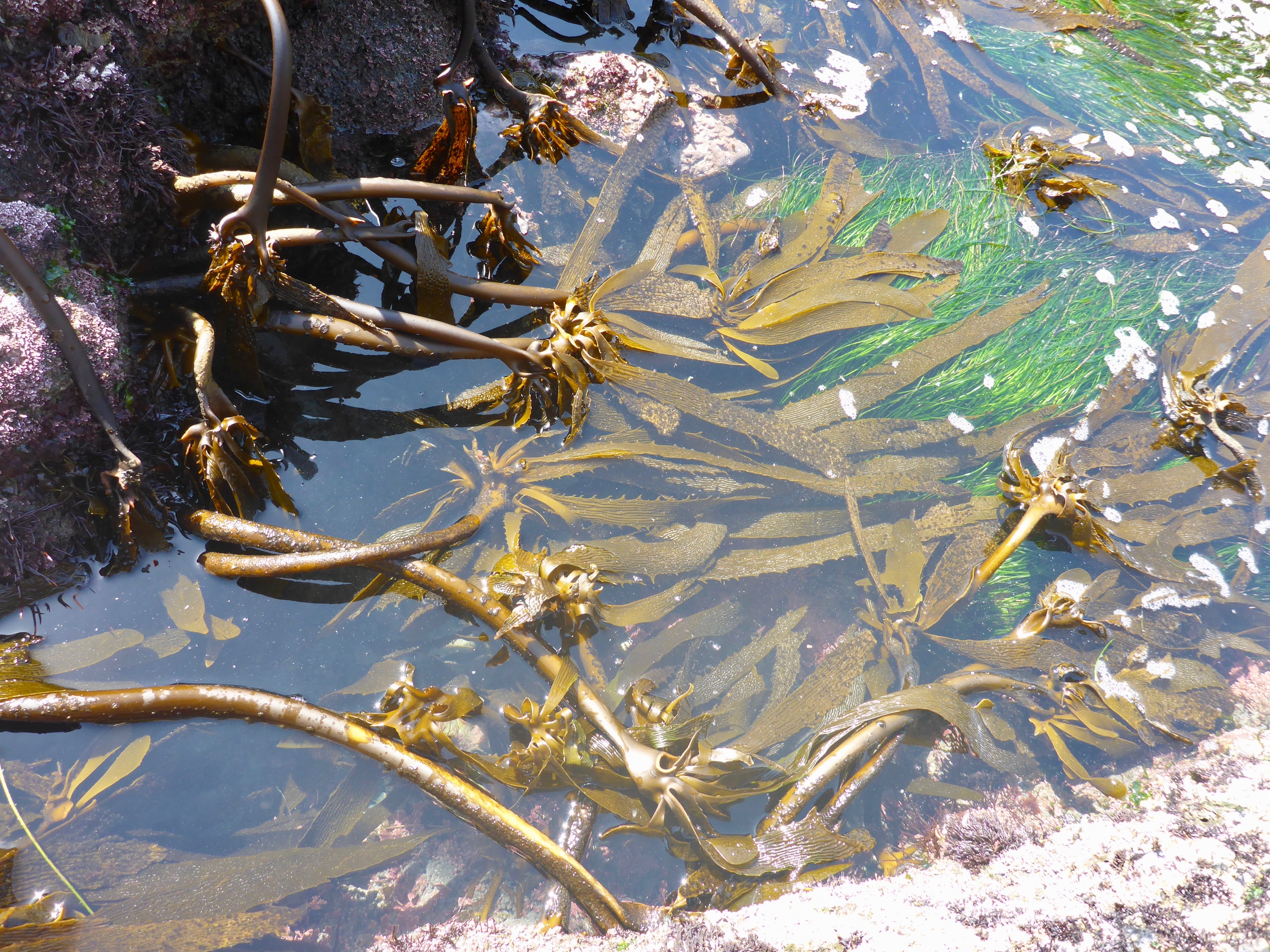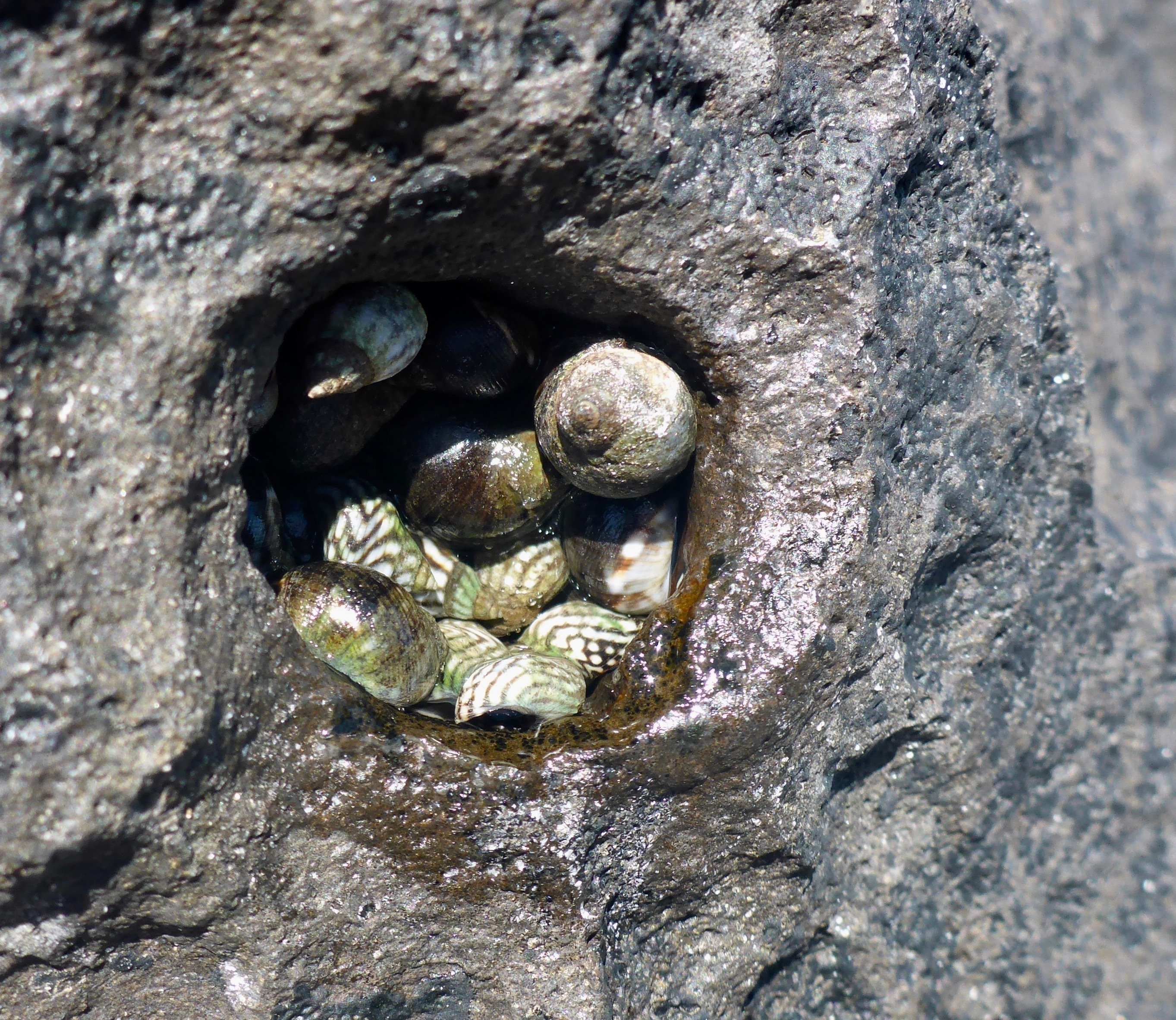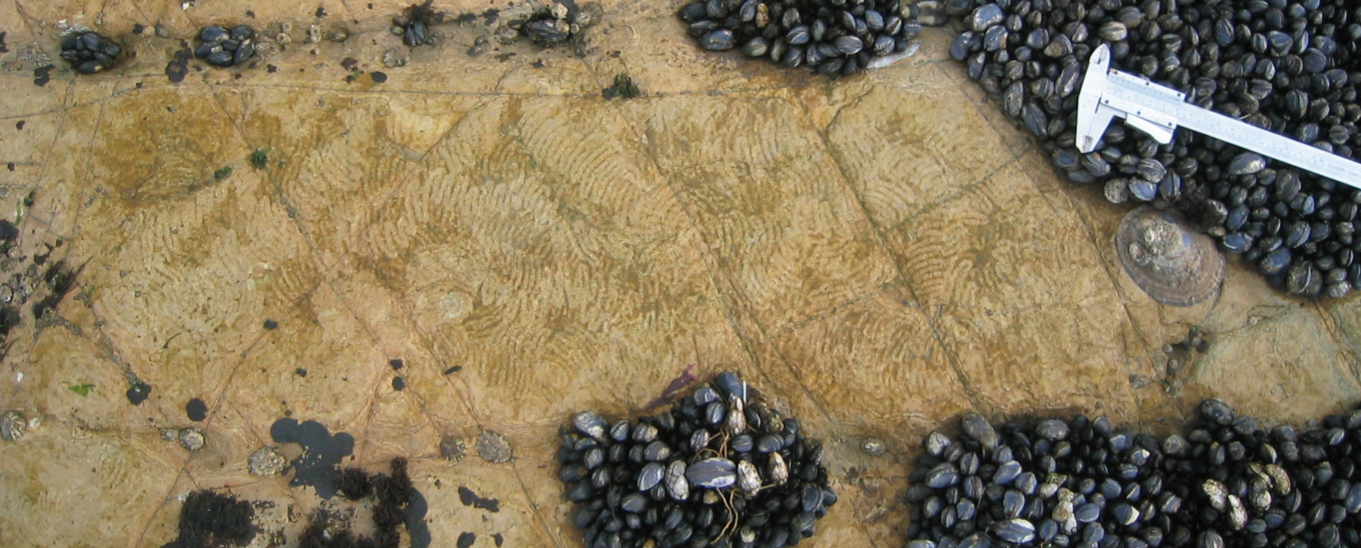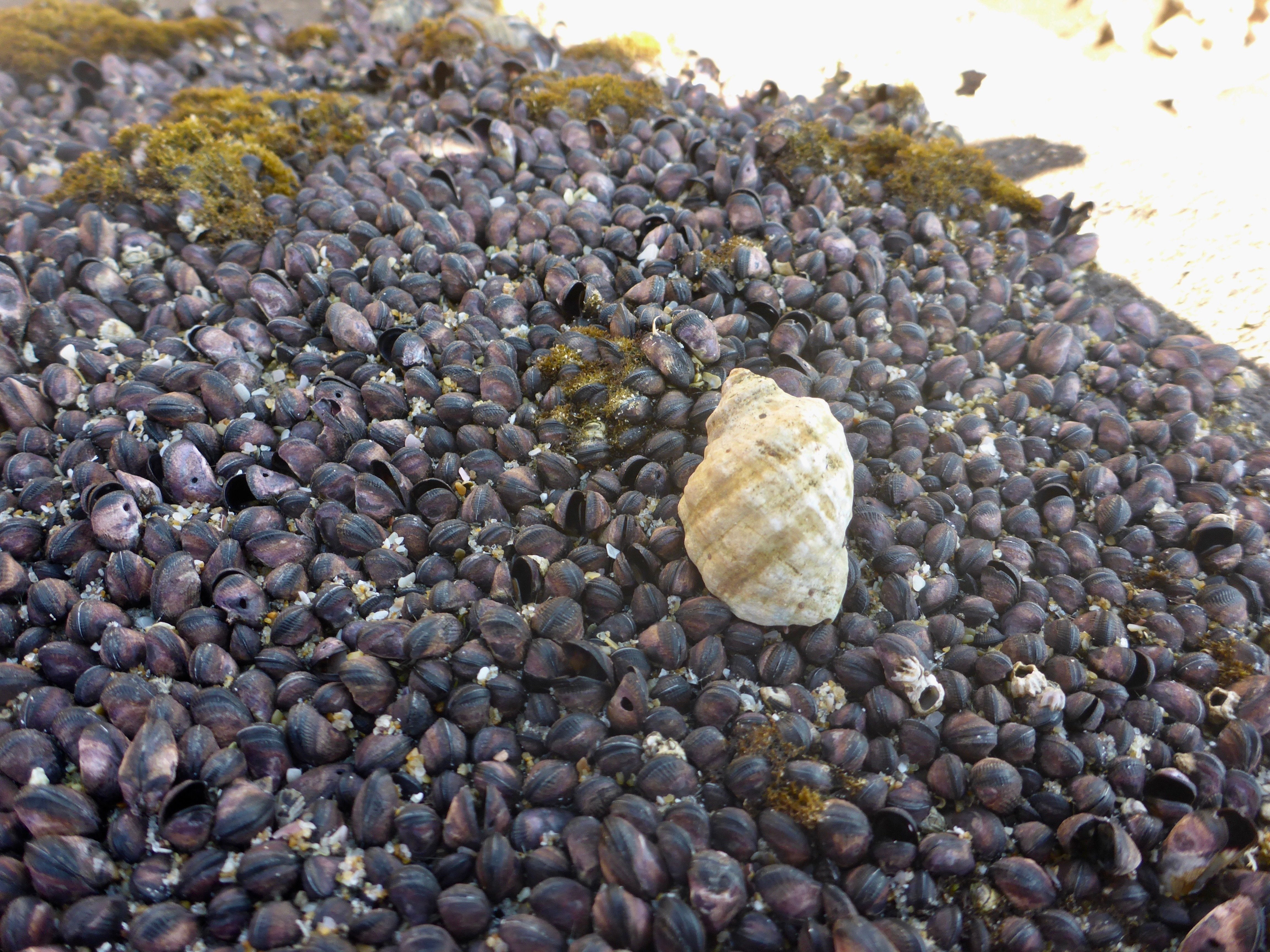
Reach your personal and professional goals
Unlock access to hundreds of expert online courses and degrees from top universities and educators to gain accredited qualifications and professional CV-building certificates.
Join over 18 million learners to launch, switch or build upon your career, all at your own pace, across a wide range of topic areas.


 Kelp can often be seen in the low intertidal zone during very low tides. © University of Southampton 2019.
Kelp can often be seen in the low intertidal zone during very low tides. © University of Southampton 2019.
 An example of epifauna: a sea-anemone (phylum Cnidaria) in a rock pool on the coast of Peru. © University of Southampton 2019.
An example of epifauna: a sea-anemone (phylum Cnidaria) in a rock pool on the coast of Peru. © University of Southampton 2019. Periwinkles (Phylum Mollusca; Class Gastropoda) clustering during low tide to help avoid desiccation stress. © University of Southampton 2019.
Periwinkles (Phylum Mollusca; Class Gastropoda) clustering during low tide to help avoid desiccation stress. © University of Southampton 2019.
 Limpets use a “tongue-like” apparatus called a radula to graze microalgae off rocks. Their grazing marks can often be seen on the rocky substrate, seen here. © University of Southampton 2019.
Limpets use a “tongue-like” apparatus called a radula to graze microalgae off rocks. Their grazing marks can often be seen on the rocky substrate, seen here. © University of Southampton 2019.
 This predatory whelk feeds on mussels by drilling into their shells. How many circular drill holes can you see in this photo? © University of Southampton 2019.
This predatory whelk feeds on mussels by drilling into their shells. How many circular drill holes can you see in this photo? © University of Southampton 2019.






